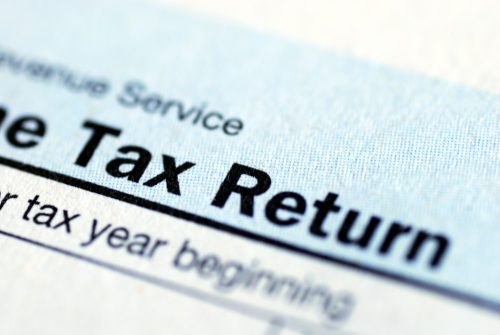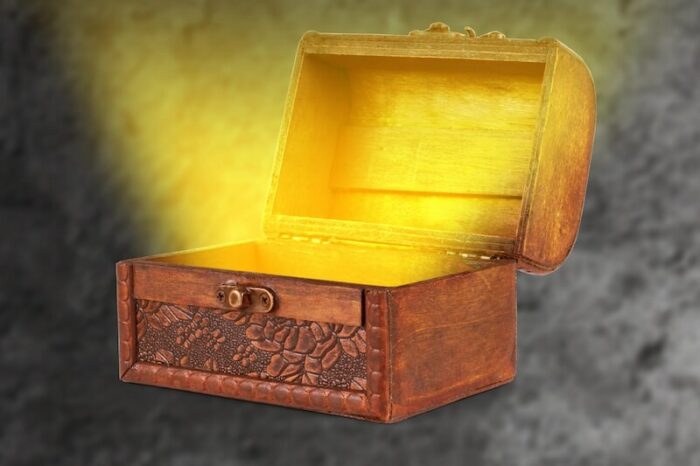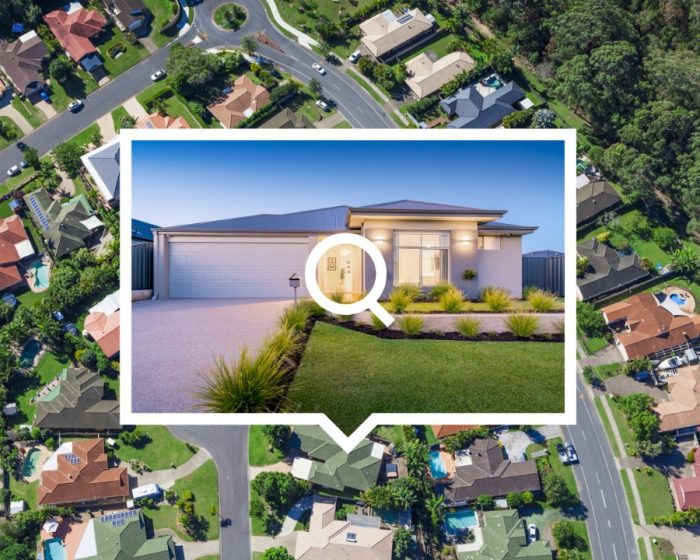What Is Quantity Surveying And Can It Put More Cash In Your Pocket?

If you don’t know what Quantity Surveying is, you’re leaving some hard-earned cash on the table.
In this post we’ll share how a good Quantity Surveyor can significantly increase your bottom-line profit.
We will also reveal the one mistake you definitely DON’T want to make if you’re renovating!
What Is Quantity Surveying?
When you replace items in a property (during a renovation, for example), the items you replace still have value. This value is known as the residual value.
I'm pulling back the curtain, revealing my best kept Deal Finding Secrets!
- My Secret Search Strategies: Unlock hidden cracker deals no one else knows about
- Stop wasting hours on research: Simple setup automatically hunts down hot deals for you!
- How to use Australia’s top research tool anytime to turning boring research into an exciting treasure hunt
- Bonus: Free Research Tool Credits Included!
🎯 Don’t miss this!
Residual value is not the same as the original item’s value, as the item depreciates over time.
When you replace an item, you can get tax returns for the residual value of that item. In other words, the residual value of the item is tax deductible.

When Can Quantity Surveyors Save You Money?
A Quantity Surveyor can save you money as soon as you complete your first investment property purchase.
The Quantity Surveyor will put a value on all the items contained within the property – so that you can start recovering a portion of your costs via depreciation.
This process of amassing your hard-earned cash back through tax deductions is commonly known as ‘scrapping’ and is especially effective when your add-value strategy involves renovation.
How To Maximise Your Tax Deductions With Quantity Surveying
The process of claiming tax deductions on items that have been removed from an investment property for the purpose of renovation or repair is called ‘scrapping’.
What items? Anything from appliances and flooring materials to cupboards, walls and other building materials. If it has been discarded or demolished as part of a renovation project – it will often qualify for a tax deduction.
The Quantity Surveyor needs to assess the value of the property that is slated for renovation prior to the renovation work being completed, and then re-assess the value of the property upon completion of the renovation.
In doing so, the Quantity Surveyor will provide you with a comprehensive report that will contain the current value of all the items that will be demolished or replaced during the renovation.
Using this report, your accountant can then calculate your tax statement for the year and add all applicable deductions.
The report will also be used to define a starting base value for the replacement items you’ve added. Doing so, you will be able to calculate (and deduce) future depreciation on those items!
The Biggest Mistake You Can Make When Renovating
Here’s a quick example of how a Quantity Surveyor can maximise your return on investment.
For the sake of example, let’s assume that:
- An investor purchased a rental property in 2010
- The property was built in 1995
- The property investor decides to renovate the kitchen in 2016.
- The Quantity Surveyor places the initial residual value of the kitchen at $10,000.
The kitchen was built in 1995, so it is 21 years old (2016 minus 1995). Kitchens generally have a 40-year life, and with a 21-year-old kitchen, we can say that half of the life of the current kitchen has passed.
With 50% of the kitchen life remaining, the current deductible value of the kitchen items the property investor is replacing is $10,000 / 2 = $5,000.
By utilising this tax advantage, the investor has essentially increased profit by $5,000 at the end of the financial year… BUT only if he remembers to get a Quantity Surveyor before the renovation begins!
$5,000 profit on an old kitchen! Terrific, right? Absolutely! So just remember that a Quantity Surveyor needs to assess the property before the renovation begins if you want to maximize the deductibility of your renovation.

Forgetting to get a Quantity Surveyor onsite before the renovation starts can result in a lot of money left on the table. Make sure you don’t make this mistake!
How Quantity Surveying Works In Real Life
To fully understand how scrapping works, let’s follow a real-life scrapping proceeding from start to finish.
In one recent case, a property investor purchased an investment property in 2014.
Stage 1
The investor hired a Quantity Surveyor to prepare an initial value report at the time of purchase to determine the value of the property.
The Quantity Surveyor completes a full assessment of the property and determines opening values for all plant and equipment contained within the property.
Stage 2
In 2016, the investor decided to replace the kitchen within the property.
Since the property was assessed by a Quantity Surveyor before the renovation work began, the investor had a base starting point he could use to determine the scrapping value of the discarded and demolished materials and items.
The Quantity Surveyor now identifies the items within the property that will be demolished or removed.
Using a depreciation schedule and the initial value report, the Quantity Surveyor then determines scrapping values for all plant and equipment contained within the property.
For example, the kitchen of the property had a carpet. The carpet was assessed with an opening value of $3700 according to the 2014 assessment.
With a 5-year life, the carpet is depreciating at 20% a year. Let’s do the math:
Opening Value (1/2/2014): $3700
Depreciation Rate: 20%
Year 1 Claim: $3700 x 20% = $740
New value (1/2/2015) = $3700 - $740 = $2960
Year 2 Claim: $2960 x 20% = $592
Scrapping value (1/2/2016): $2960 - $592 = $2368The property investor in the above scenario now has the ability to claim an additional $2300 dollars in deductible expenses for the value of the carpet he’ll be discarding as waste!
The Quantity Surveyor will then repeat this process for every item and material that will be replaced during the renovation. As you can see, the dollar figure in cash that can be earned via scrapping can amass to something quite significant!
Stage 3
The final action performed by a Quantity Surveyor is assessing the new value of the investment property once the renovations are complete.
Having an accurate assessment of the renovated property provides a valuable starting point for the property investor in determining depreciation costs when the following tax years become due.

Quantity Surveying & Scrapping: Things To Consider
- It’s important to understand that scrapping deductions generally qualify only for properties that are earning some type of income in the year of the deduction.
- In most cases the renovations need to have been completed in the previous tax year, however, there may be exceptions.
- It’s best to enquire via your accountant as to the specific laws regarding scrapping deductions.
- A scrapping analysis done by a qualified Quantity Surveyor makes your work – and your accountant’s work – far more streamlined.
- Remember to retain all purchase receipts, as they may assist the Quantity Surveyor in determining the initial value of the scrapped items!)
About This Post
I want to thank Sean Connolly from KCP Quantity Surveyors for providing me with information for this post.
Sean is a premium sponsor of our Property Networking Group Meetings, and has been delivering valuable guidance to our members since 2013. I’ve been working with Sean for many years and I can’t recommend him enough!
You can get in touch with Sean via his website www.kcpartnership.com.au or contacting him directly on 0421 233 049.
As you work to maximize your profit as a property investor, I hope you consider utilising an experienced Quantity Surveyor. If you have any questions, please leave them in the comments section below!
Looking for proven ways to create profits in the current market?
You'll find over 200 step-by-step case project studies, our renown Master Classes and Property Crash Courses… and heaps more!
Try the Ultimate Property Hub now –– it's free!


0 thoughts on "What Is Quantity Surveying And Can It Put More Cash In Your Pocket?"